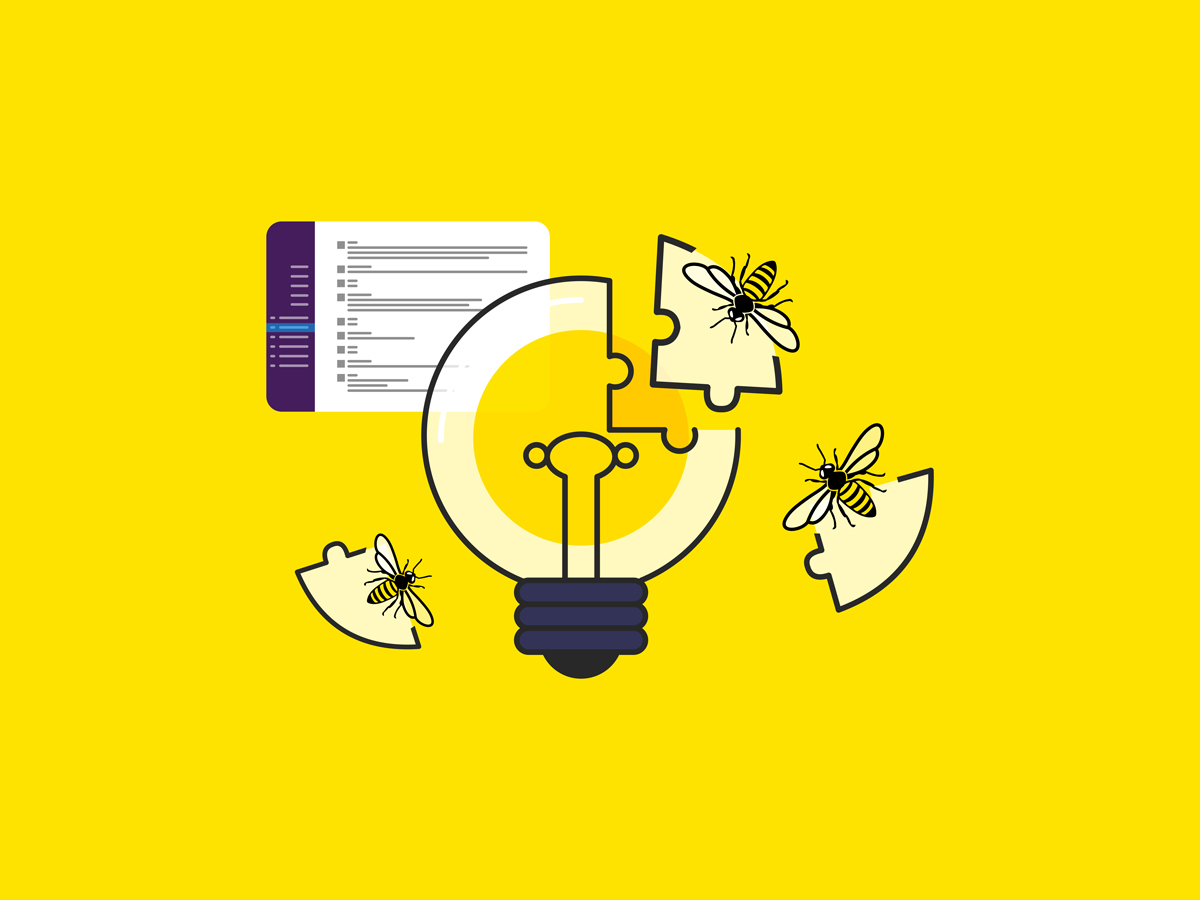If you haven’t yet noticed, the Intelligent Swarming methodology* is catching on. The best evidence we have of this trend is the slow but steady adoption of collaborative, single-tier customer service models. Take the Technology & Services Industry Association (TSIA): 30% of TSIA member companies have flattened their customer service teams to comprise a single tier.
That’s up 10% since 2016.
At least in the case of TSIA, the benefits of collaborative case swarming are multifold: less agent attrition, for example; improvements to Net Promoter Score and customer service gross margin. Anecdotally speaking, we’ve seen effective swarming lead to improved customer experience and time to resolution.
Maybe the most intriguing aspect of this shift to single-tier customer service models is the emerging role of Slack. Before you throw your hands up, exasperated that a messaging app might be used for customer service, hear me out.
What is Intelligent Swarming?
In a case swarming environment, the agent handling a case can workshop a solution with other team members or experts in real time, often using some form of collaboration tool. As TSIA notes, there are no tiers in a collaborative support model, as depicted in the figure below:
What’s Slack Swarming Got to Do With Customer Support?
Though the Slack app and your customer service team might seem like odd bedfellows, it actually makes a lot of sense.
First of all, we’re talking about swarming. Slack is a hive with many bees: 10 million daily active users, to be exact. Many employees, including customer service agents, use the popular “digital HQ” daily to communicate, share resources, and collaborate.
Coincidentally, collaboration just happens to be at the core of the case swarming model. The Slack case swarming process itself is quite simple. It all starts when a service agent…
- Needs assistant to resolve a support ticket
- Starts a dedicated Slack channel for that case
- Invites other team members to work together toward a resolution
It’s a simple yet powerful process, although the way it’s outlined above is very manual. But we’ll get into infusing that process with intelligence in just a moment.
Another tidbit about Slack worth noting: the company was acquired in 2020 by none other than Salesforce. Beyond the eye popping price tag of the acquisition (a cool $27.7 billion dollars, if you’re counting), ears perked up when Salesforce announced that they’ll rebuild all of their technology to become Slack-first.
Ours certainly did! It’s a huge opportunity to combine AI-powered search, the Salesforce platform, and Slack to make case swarming an even better tool for your customer service team.
Making Slack Case Swarming More Intelligent
Slack case swarming has tremendous upside for customer service use cases. The app is easy to use, easy to integrate, and serves as a central repository for loads of useful knowledge.
Upon closer scrutiny, Slack case swarming does present a few issues. Without some way of surfacing relevant info, Slack can quickly become a flat, bottomless repository of knowledge — one in which agents struggle to quickly find what they need. In this case, agents yet again waste time switching applications.
Without the help of artificial intelligence, enterprises have two options for routing cases to Slack first service swarming sessions:
- Collect every ticket into a central pool and let your agents sort it all out, or
- Organize multiple swarms based on skills and specialties to selectively feed tickets to groups.
Both can work, but run into scalability issues for larger customer service orgs handling a high volume of cases. Hence the need for an intelligent model. In an intelligent case swarming environment, the team relies on AI (among other technologies) to facilitate swarming based on available case data (which comes from Salesforce CRM for many enterprises).
How Intelligent Slack Swarming Works
What makes Slack case swarming intelligent is the use of AI. Coveo AI connects with Slack and Salesforce Service Cloud to create an enclosed ecosystem for service and knowledge management.
For service: When an agent requests the help of a swarm to resolve a customer issue, AI automatically matches the case to the right person using an expert finder. This both cuts down on notifications (i.e., incessant Slack ping sounds) and improves the productivity of each swarming session.
If the agents need more info during the swarm, they can search through indexed content from other sources of knowledge without leaving the session.
For knowledge management: Coveo AI surfaces contextual knowledge from previous swarms within the agent’s Salesforce Service Cloud Insight Panel. These insight panels help agents remain in the Salesforce flow of work, rescuing them from context changes and time wasted searching for the right information.
And the kicker? Coveo indexes all of these Slack case swarming sessions so they can be surfaced in other support channels. That way, every time an agent searches for a solution in the knowledge base, for example, they can read a Slack chat in which the swarm handled a similar issue last week, month, or year.
Slack Swarming is Here to Stay
It’s no coincidence that Salesforce acquired Slack. Nor is it a coincidence that Salesforce has become a Slack-first organization. As part of that effort, Salesforce has adopted Slack case swarming, with impressive results: a 26% reduction in case resolution time since introducing case swarming with Slack. Any support organization should be excited by that number.
Good for Salesforce. But Slack case swarming is good for customers, too. These days, nobody wants to hear the phrase “I’m going to transfer your call.” In fact, 82% of customers expect to talk to just one person to solve their complex problems. With Slack case swarming, the customer doesn’t see all the collaboration happening beneath the hood. They just enjoy the swift case resolution that this collaborative model is known for.
It’s no wonder that Slack case swarming is gaining such steam.
*Intelligent Swarming℠ is a service mark of the Consortium for Service Innovation™


